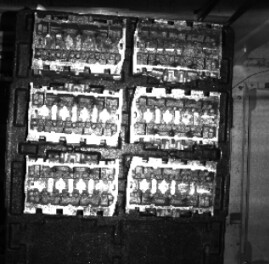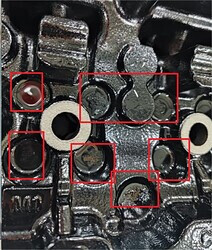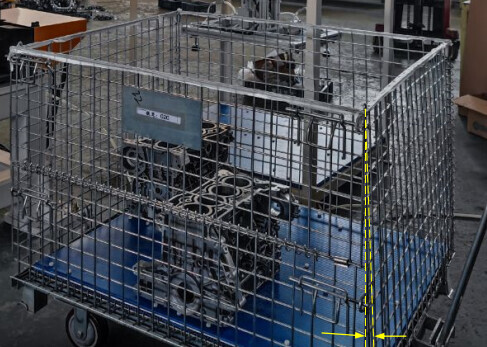Introduction
Target Reader: Solution Engineers, Layout Planning Engineers, Mechanical Design Engineers, Mechanism Design Engineers, etc.
Post Overview: This post focuses on loading engine blocks. It elaborates in detail on common challenges encountered in the industry, such as incoming materials for engine blocks, picking, and corresponding solutions to address these challenges. This information provides significant guidance for the overall design of this solution, ensuring smooth progress through subsequent project phases.
Reflective surfaces of engine blocks
Issue: The incoming engine blocks are usually machined. Their surfaces are very rough and there is a serious reflection issue. Therefore, the quality of point clouds from the camera may decrease, ultimately affecting the picking accuracy of engine blocks.

Solution:
For details, refer to:
- Optimize defective point clouds: When ambient light is strong
- Optimize defective point clouds: When specular reflection is weak
- Optimize defective point clouds: When specular reflection is strong
Oil stains on the engine block surface
Issue: Oil stains (such as anti-rust oil) are attached to the surfaces of the incoming engine blocks, which will lead to poor quality of point clouds from the camera and ultimately affect the picking accuracy.

Solution:
- Clean the oil stains on the object surfaces before loading.
- Do not spray the object features to be recognized by the camera with oil.
Bin deformation prevents picking partitions
Issue: The walls of the bin are made of welded metal gratings or wire mesh. The bin walls become severely deformed after multiple uses, making it difficult to pick the partitions.

Solution: Use bins with thicker walls or build a steel frame to support the bin walls, which can avoid the deformation issue after multiple uses.
